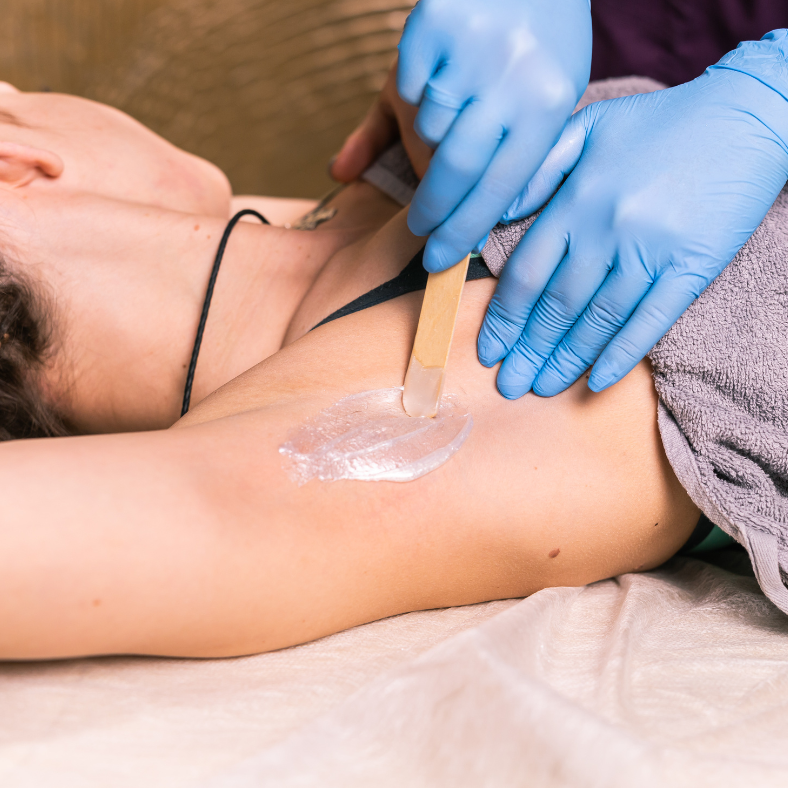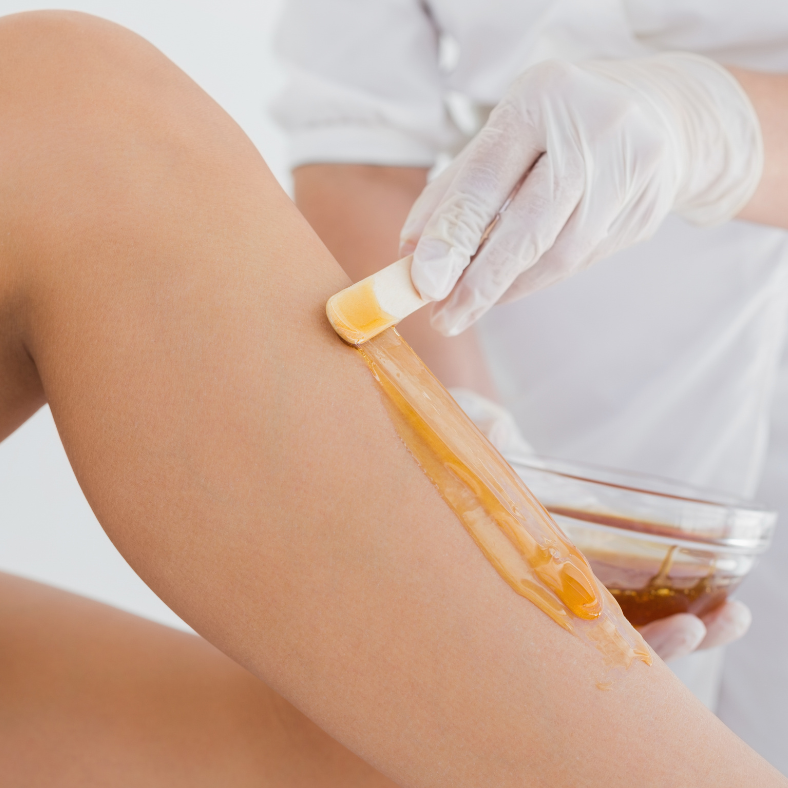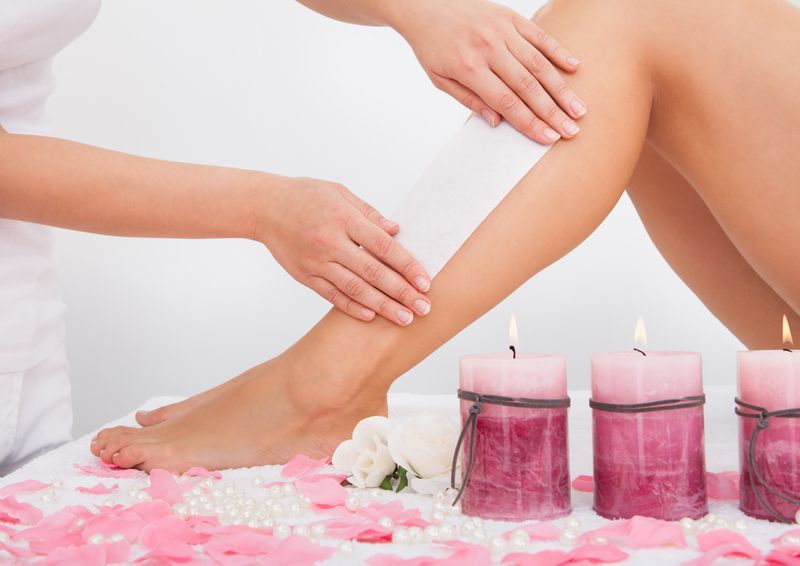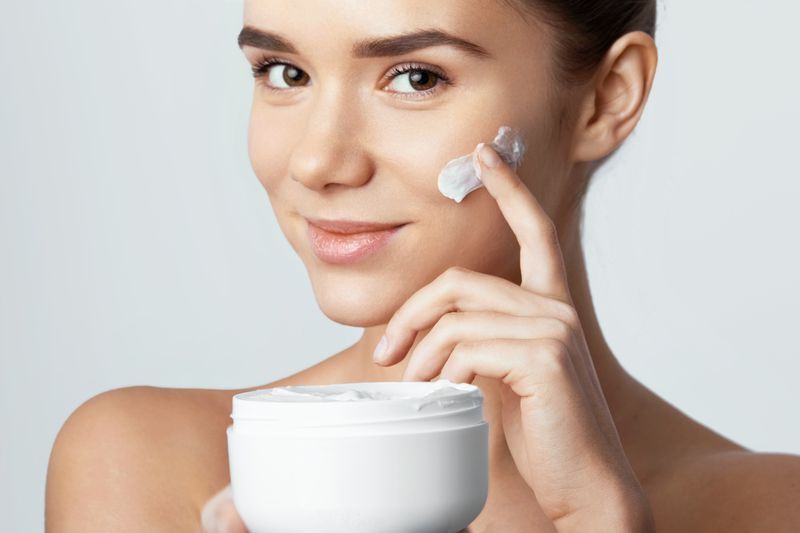Unlock the Secrets of Chemical Peels: A Comprehensive Guide
Exploring the world of skincare can sometimes feel like navigating a maze, with a myriad of treatments offering the promise of flawless skin. Among these options, chemical peels stand out as a popular method not only for rejuvenating the skin but also for addressing a range of skin concerns.
Understanding Chemical Peels
Chemical peels are skin-resurfacing treatments that offer a way to rejuvenate and enhance the skin's appearance. During the procedure, a chemical solution is applied to the skin, causing it to exfoliate and eventually peel off. The new, regenerated skin is usually smoother and less wrinkled than the old skin, providing a revitalized look. It's important to note that chemical peels are not a one-size-fits-all solution; they should be selected based on individual skin types and concerns.
Types of Chemical Peels: Light, Medium, and Deep
Chemical peels are categorized into three types based on their depth of penetration: light, medium, and deep.
- Light peels, such as alpha-hydroxy acid (AHA) or beta-hydroxy acid (BHA) peels, only penetrate the outermost layer of the skin. They are great for addressing mild discoloration and rough skin as well as for refreshing the face, neck, chest, or hands.
- Medium peels utilize trichloroacetic acid (TCA) or glycolic acid to reach the middle and outer layers of the skin. This makes them more effective for treating age spots, fine lines, and wrinkles, as well as moderate skin discoloration and freckles.
- Deep peels, which commonly involve phenol or higher concentrations of TCA, penetrate several layers of skin. They are most effective in treating coarse wrinkles, precancerous skin patches, and more pronounced skin discoloration. Due to their intensive nature, deep peels require the longest recovery time but offer the most dramatic results.
Conditions Treated by Chemical Peels
Chemical peels can address a wide range of skin concerns, making them a versatile option for many individuals. These treatments are often sought for reducing fine lines under the eyes and around the mouth, treating wrinkles caused by sun damage, improving the appearance of mild scars, and correcting age spots, freckles, and dark patches (melasma) due to pregnancy, or taking birth control pills. Chemical peels can treat certain types of acne and improve the overall look and feel of skin. Notably, the deeper the peel, the more dramatic and long-lasting the results — but this also comes with a higher risk of side effects and a longer recovery period.
Understanding the types and purposes of chemical peels can greatly assist individuals in choosing the right treatment for their skin condition. With a range of options available, from light to deep peels, these procedures offer potential benefits for improving skin texture and appearance for a variety of concerns.
The Chemical Peel Procedure
Embarking on the journey of a chemical peel begins well before the actual treatment. A comprehensive understanding of the procedure, from initial consultation to aftercare, ensures a smoother experience and optimal results.
Consultation: Assessing Skin Type and Concerns
The first step in the chemical peel process is a consultation with a skincare professional. This is a critical stage where your skin type, concerns, and goals are discussed. The professional will evaluate the condition of your skin and recommend the type of peel that would offer the most benefit. This consultation also serves as an opportunity to address any questions or concerns regarding the procedure.
Preparing for a Chemical Peel: Do's and Don'ts Before Your Appointment
Preparation is key to maximizing the effectiveness of a chemical peel. It's advisable to avoid sun exposure, waxing, and certain skincare products, including retinol, exfoliants, and any skin-irritating agents, in the week leading up to your appointment. Your skincare professional may also prescribe a pre-treatment regimen to ensure your skin is in the best possible condition for the peel.
The Procedure: What to Expect During a Chemical Peel
During the procedure, the chosen chemical solution is carefully applied to the skin, where it will remain for a set period depending on the depth of the peel. Light peels may cause only a slight tingling sensation, while deeper peels may require pain relief measures due to the intensity of the chemicals used. The application is followed by the neutralization of the solution, after which it's removed, concluding the procedure.
Aftercare: Tips for a Smooth Recovery
Post-peel care is crucial for healing and achieving the desired outcome. It's common to experience redness, peeling, and sensitivity to sunlight. Following your skin care professional's aftercare instructions is essential; these typically include using gentle cleansers, moisturizers, and strict sun protection. The recovery time varies—light peels might need only a few days, whereas medium and deep peels could require a few weeks to fully heal.
For those looking to look deeper into the specifics of chemical peels, the American Society of Dermatologic Surgery offers an invaluable resource. Their page on chemical peels (found at
https://www.asds.net/skin-experts/skin-treatments/chemical-peels) provides extensive information on the procedure, helping clients make informed decisions about their skincare treatments.
Understanding the comprehensive procedure of chemical peels—from the initial consultation to diligent aftercare—not only demystifies the process but also ensures those considering this treatment are well-informed and prepared for their skin revitalization journey.
Chemical Peel Benefits and Potential Risks
Chemical peels have long been celebrated for their ability to significantly improve the skin's texture and appearance. They address a plethora of skin concerns—ranging from acne, fine lines, and hyperpigmentation, to even some types of precancerous skin growths. The benefits extend beyond cosmetic enhancements; for many, these treatments can bolster self-esteem and contribute to overall well-being.
As with any cosmetic procedure, there are potential risks involved. These may include scarring, infection, or an unexpected reaction to the chemical solution. Particularly with deeper peels, there's also the risk of more significant downtime and changes in skin coloration. Choosing a qualified professional and closely following their pre- and post-care instructions can minimize these risks substantially.
Determining If You're a Good Candidate for Chemical Peels
Though chemical peels can offer remarkable benefits, they're not suitable for everyone. Consultation with a professional esthetician or dermatologist is a crucial first step to determining if you're a good candidate. Factors such as skin type, skin conditions (like rosacea or severe eczema), and expectations must be considered. A professional can assess whether a chemical peel is the best course of action or if alternative treatments could provide better results.
FAQs: Addressing Common Concerns
One frequently asked question is, "How often can you get a chemical peel?" The answer varies based on the peel's depth and your skin's individual response to the treatment. Light peels might be done as often as once a month, while deeper peels require longer intervals between sessions.
Another query often posed is about the immediacy of results.
"Can you see results after one treatment?" While improvements may be noticeable after a single light peel, achieving the desired outcome often requires multiple treatments, especially for deeper concerns.
The long-term benefits of chemical peels hold significant appeal. Regularly scheduled treatments can maintain the rejuvenated appearance of the skin, contributing to its texture and overall health. It's vital to continue protecting the skin from the sun and adhering to a tailored skincare regimen.
Understanding the mechanism and outcomes of chemical peels, as supported by scientific research, can significantly demystify the process. A study published in the National Library of Medicine (found at
https://www.ncbi.nlm.nih.gov/pmc/articles/PMC3875240/) highlights the substantial improvements in skin quality following chemical peel treatments, providing evidence of their efficacy.
Chemical peels represent a potent tool in the dermatological arsenal for enhancing skin appearance. When considering this type of treatment, comprehensive knowledge of the procedure, realistic expectations, and a consultation with a certified skincare professional are paramount to achieving satisfying and safe results.
Ready to unveil brighter, rejuvenated skin with a chemical peel tailored just for you? At Bare Esthetics, we’re committed to providing personalized treatments that meet your unique skin needs. Contact us and begin your journey to radiant skin today!








